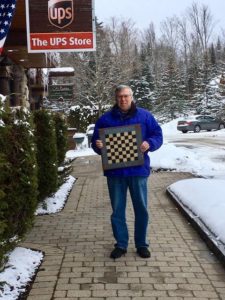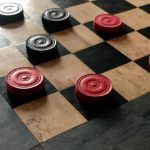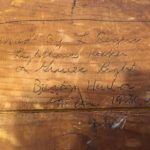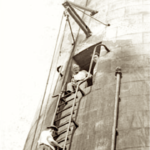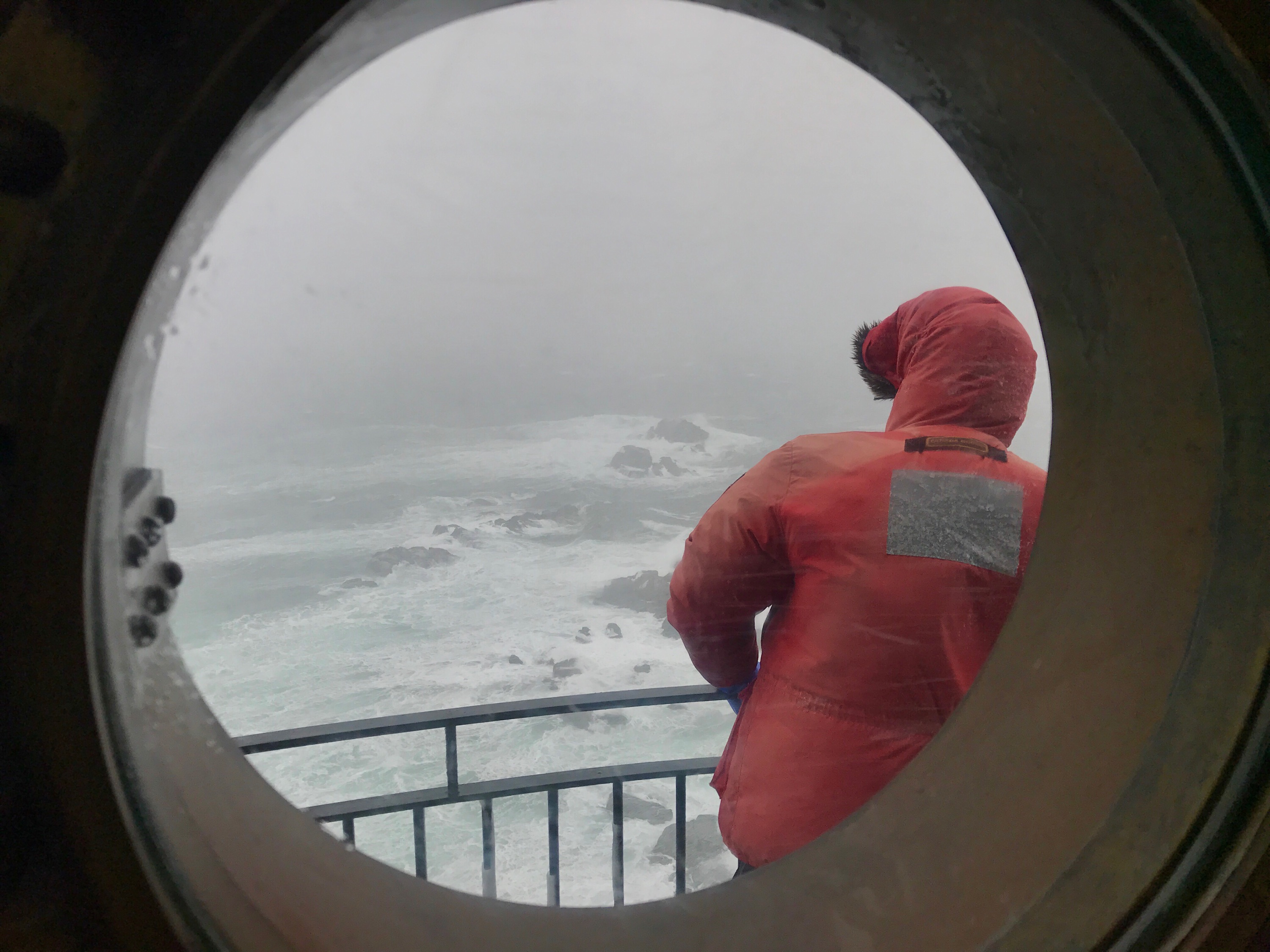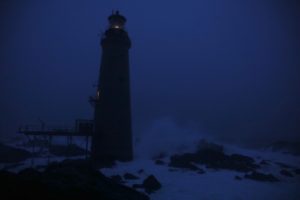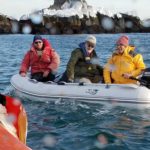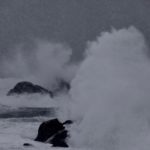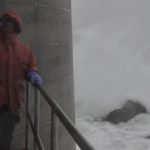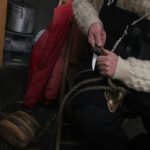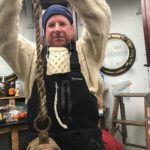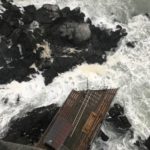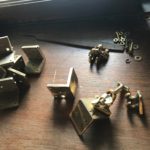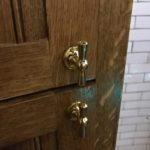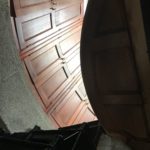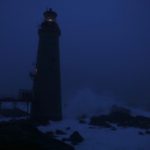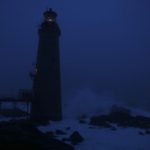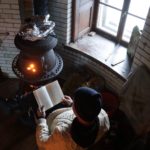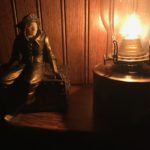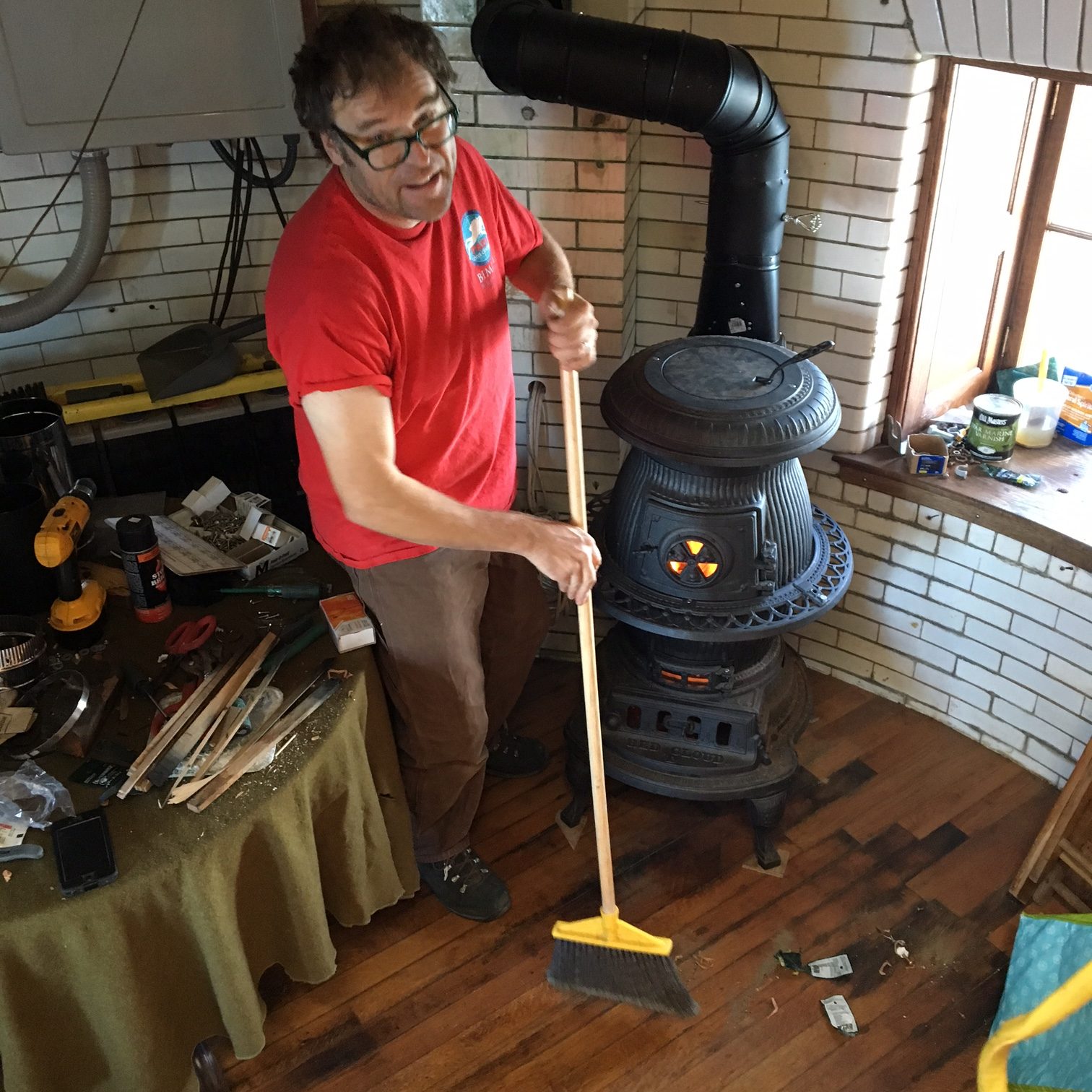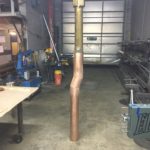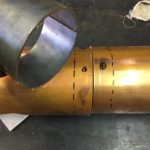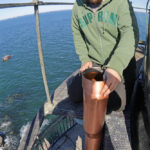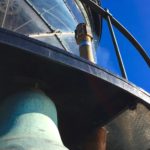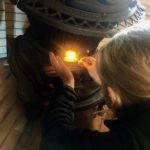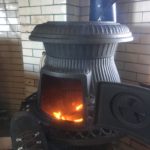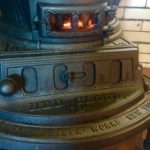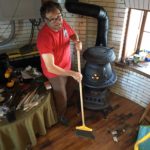
This original Graves Light checkerboard, made by Keeper Llewelyn Rogers in the 1930s, was gifted to Graves Light by the Rogers family in 2018.
It’s often said the best part of owning Graves Light is meeting interesting people.
We just had the good fortune to hear from wonderful Molly and Bruce Nichols in New York state.
Molly’s mother received an antique checkerboard from her aunt Catherine in Wellfleet back in the 1970s.
Inscribed on the back is “Made by L. Rogers, Lighthouse Keeper on Graves Light Boston Harbor 1930s.”
Knowing our interest, Molly and Bruce shipped the relic to us because they “wanted to send it home.”
Well, it didn’t take us long to buy a proper vintage checker set on eBay to go along with the handmade checkerboard so the keepers at Graves can use it again.
Now the set is returned to the Graves Light watch room, waiting for a cozy game by the fire in our potbelly stove.
Thanks, Molly and Bruce!
A note about Keeper Llewellyn Rogers: Born in Maine in 1885, Rogers moved to Provincetown as a boy and worked for the Lighthouse Service for 17 years. He was first stationed at Minot’s Light, then Twin Light, Boston Light, Provincetown Light and finally Graves Light, where he was Graves’ last Keeper under the US Lighthouse Service.
He is standing in the doorway in the 1941 photo below, taken by the prolific Edward Rowe Snow. Keeper Rogers made this checkerboard using scraps of leftover linoleum from the kitchen floor.
The snowy photo shows Bruce readying the checkerboard for shipping to us.
- This original Graves Light checkerboard, made by Keeper Llewelyn Rogers in the 1930s, was gifted to Graves Light by the Rogers family in 2018.
- Bruce at the UPS Store, delivering the checkerboard to Graves Light.
- The inscription on the reverse of the Rogers checkerboard.
- Keeper Llewellyn Rogers, 1941



